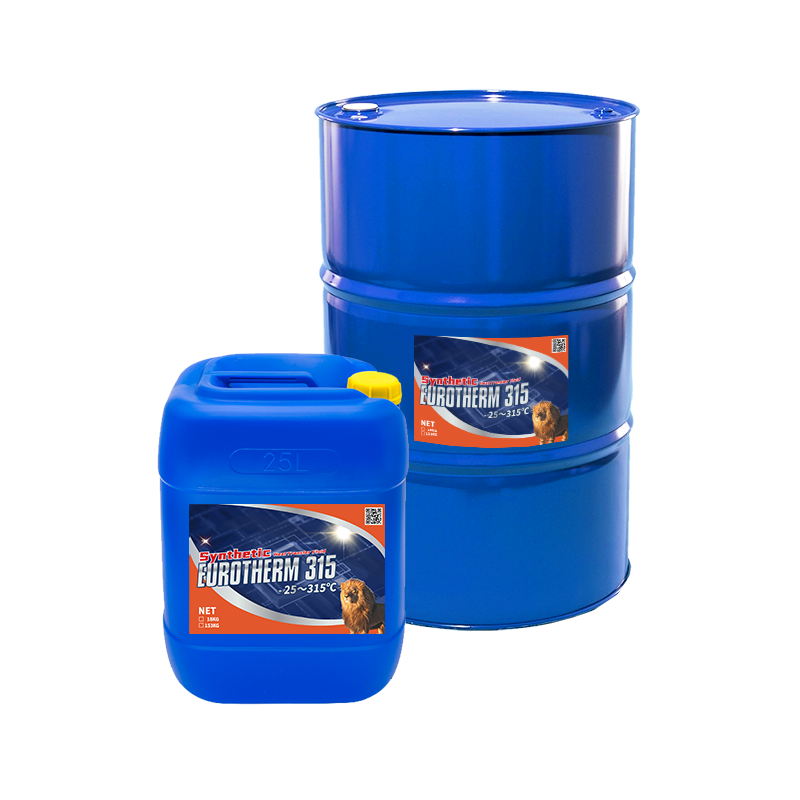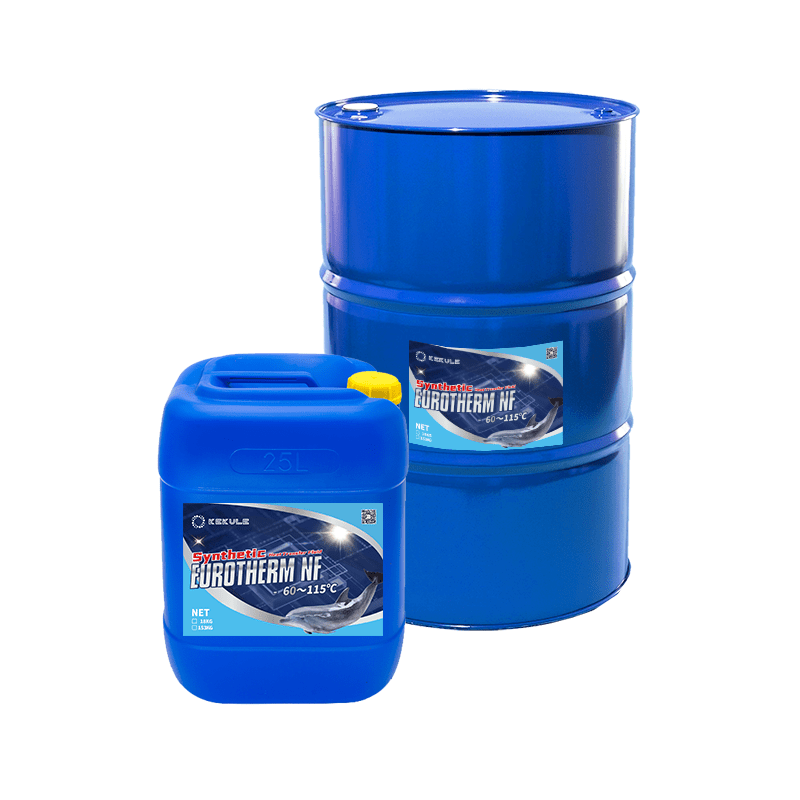The Of Chemie
Chemie Fundamentals Explained
Table of ContentsNot known Facts About Chemie8 Simple Techniques For ChemieSome Known Details About Chemie The Only Guide for ChemieSee This Report about ChemieThe Chemie Ideas
By Bojanna Shantheyanda, Sreya Dutta, Kevin Coscia and David SchiemerDynalene, Inc. Liquid cooling, which can be attained utilizing indirect or straight methods, is made use of in electronics applications having thermal power densities that may go beyond safe dissipation via air cooling. Indirect liquid air conditioning is where warm dissipating digital components are literally separated from the liquid coolant, whereas in case of direct air conditioning, the components are in direct contact with the coolant.Nonetheless, in indirect air conditioning applications the electrical conductivity can be important if there are leakages and/or spillage of the liquids onto the electronic devices. In the indirect air conditioning applications where water based liquids with corrosion preventions are usually utilized, the electrical conductivity of the fluid coolant generally depends on the ion concentration in the liquid stream.
The boost in the ion focus in a closed loop fluid stream might take place due to ion seeping from steels and nonmetal components that the coolant fluid touches with. Throughout procedure, the electrical conductivity of the liquid may boost to a level which could be unsafe for the air conditioning system.
Indicators on Chemie You Should Know
(https://lite.evernote.com/note/3d3ec09a-e81d-b543-d9b7-bf30421b11cc)They are grain like polymers that can exchanging ions with ions in a remedy that it touches with. In today job, ion leaching tests were executed with various steels and polymers in both ultrapure deionized (DI) water, i.e. water which is treated to the highest degree of purity, and reduced electric conductive ethylene glycol/water mixture, with the determined change in conductivity reported in time.
The samples were permitted to equilibrate at room temperature for 2 days before tape-recording the preliminary electrical conductivity. In all examinations reported in this study liquid electric conductivity was gauged to an accuracy of 1% using an Oakton CON 510/CON 6 collection meter which was calibrated before each dimension.
Top Guidelines Of Chemie
from the wall home heating coils to the facility of the heating system. The PTFE sample containers were positioned in the heater when stable state temperatures were gotten to. The test configuration was eliminated from the heater every 168 hours (7 days), cooled to space temperature with the electric conductivity of the fluid determined.
The electrical conductivity of the fluid sample was kept track of for an overall of 5000 hours (208 days). Number 2. Schematic of the indirect closed loophole cooling down experiment set-up - immersion cooling liquid. Table 1. Elements made use of in the indirect closed loop cooling down experiment that touch with the liquid coolant. A schematic of the speculative setup is shown in Figure 2.

9 Easy Facts About Chemie Described
The change in liquid electrical conductivity was kept an eye on for 136 hours. The liquid from the system was accumulated and saved.

0.1 g of Dowex resin was included to 100g of liquid examples that was absorbed a separate container. The mix was mixed and transform in the electrical conductivity at space temperature was determined every hour. The determined modification in the electric conductivity of the UP-H2O and EG-LC test liquids containing polymer or metal when involved for 5,000 hours at 80C is revealed Figure 3.
The smart Trick of Chemie That Nobody is Talking About
Ion leaching experiment: Calculated adjustment in electric conductivity of water and EG-LC coolants having either polymer or steel examples when submersed for 5,000 hours at 80C. The results show that metals contributed fewer ions right into the fluids than plastics in both UP-H2O and EG-LC based coolants.
Fluids having polypropylene and HDPE displayed the most affordable electrical conductivity adjustments. This could be as a result of the short, inflexible, linear chains which are less most likely to add ions than longer branched chains with weak intermolecular forces. Silicone additionally performed well in both test fluids, as polysiloxanes are usually chemically inert due to the high bond energy of the silicon-oxygen bond which would stop destruction of the product into the liquid.
Chemie Fundamentals Explained
It would certainly be expected that PVC would certainly create comparable results to those of PTFE and HDPE based upon the comparable chemical structures of the materials, nevertheless there might be other contaminations existing in the PVC, such as plasticizers, that might affect the electric conductivity of the liquid - heat transfer fluid. In addition, chloride groups in PVC can also leach into the examination fluid and can trigger an increase in electrical conductivity
Buna-N rubber and polyurethane showed indications of deterioration and thermal decay which suggests that their feasible utility as a gasket or adhesive product at higher temperatures could result in application problems. Polyurethane entirely degenerated into the examination liquid by the end of 5000 hour test. Number 4. Prior to and after photos of metal and polymer samples immersed for 5,000 hours at 80C in the ion seeping experiment.
Calculated adjustment in the electric conductivity of UP-H2O coolant as a function of time with and without resin cartridge in the shut indirect cooling loop experiment. The measured modification in electric conductivity of the UP-H2O for 136 hours with and without ion exchange resin in the loophole is received Figure 5.